Handbook of Child and Adolescent Obsessive-Compulsive Disorder
$103.50
Description
Previously considered a rare condition among children and adolescents, recent research on obsessive-compulsive disorder (OCD) has indicated an increased prevalence among this age group, insofar as it is now considered one of the most common of all psychiatric illnesses affecting youth. Handbook of Child and Adolescent Obsessive-Compulsive Disorder is the definitive book on OCD in children and adolescents. It provides a comprehensive review of the existing literature on pediatric OCD, and is a welcome contribution to the extant literature, which otherwise lacks a text detailing the state of knowledge in this area. Emphasizing developments made in recent years, this new volume serves to disseminate information regarding effective treatments, etiology, and accurate assessment, and guides practitioners to formulate new questions that will further elucidate this condition.
Distinct in its thorough coverage of various issues in pediatric OCD, Handbook of Child and Adolescent Obsessive-Compulsive Disorder features:
*detailed biological and genetic chapters, including chapters on PANDAS, psychopharmacology, and neurobiology;
*discussions of assessment and pharmacological and psychological treatment;
*research relevant to the settings of the family, school, and primary care; and
*dialogue on OCD spectrum disorders and co-morbidities.
This significant work is intended for clinical psychologists and psychiatrists, school psychologists, graduate students, and all other mental health professionals. Primary care physicians will also consider this text useful, as will school counselors.
Editor: Storch, Eric, Editor: Geffken, Gary, Editor: Murphy, Tanya
Topic: Psychology
Media: Book
ISBN: 805862544
Language: English
Pages: 432
Additional information
| Weight | 1.35 lbs |
|---|---|
| Dimensions | 9.14 × 6.59 × 0.9 in |


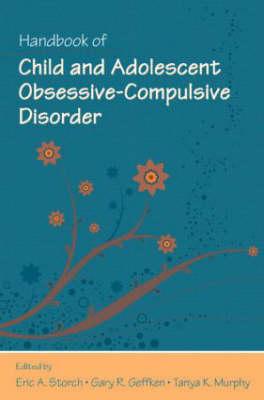
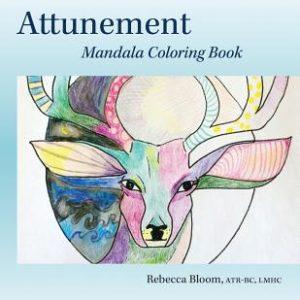
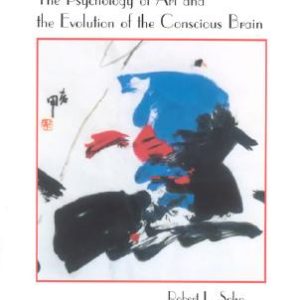

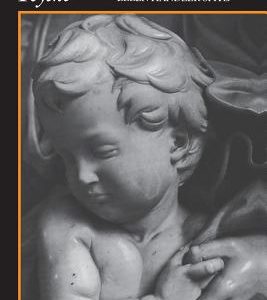
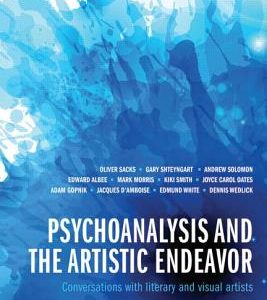


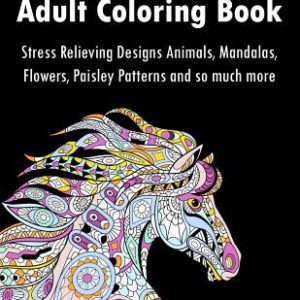

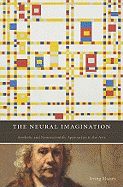
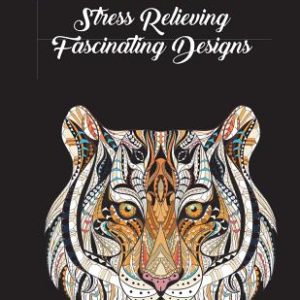
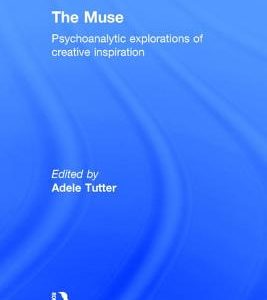
Reviews
There are no reviews yet.